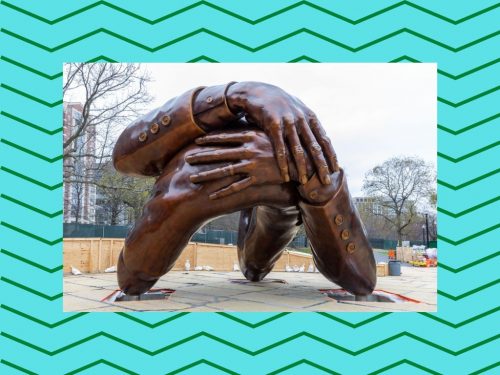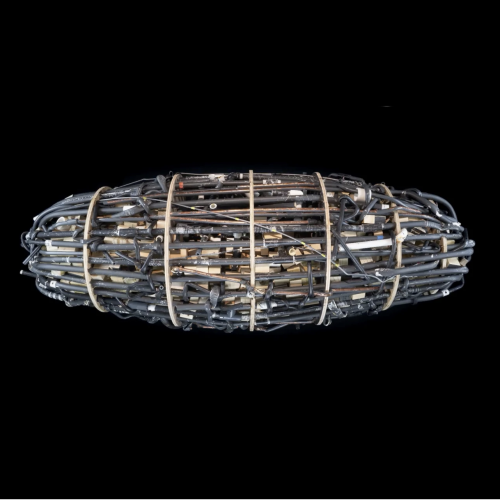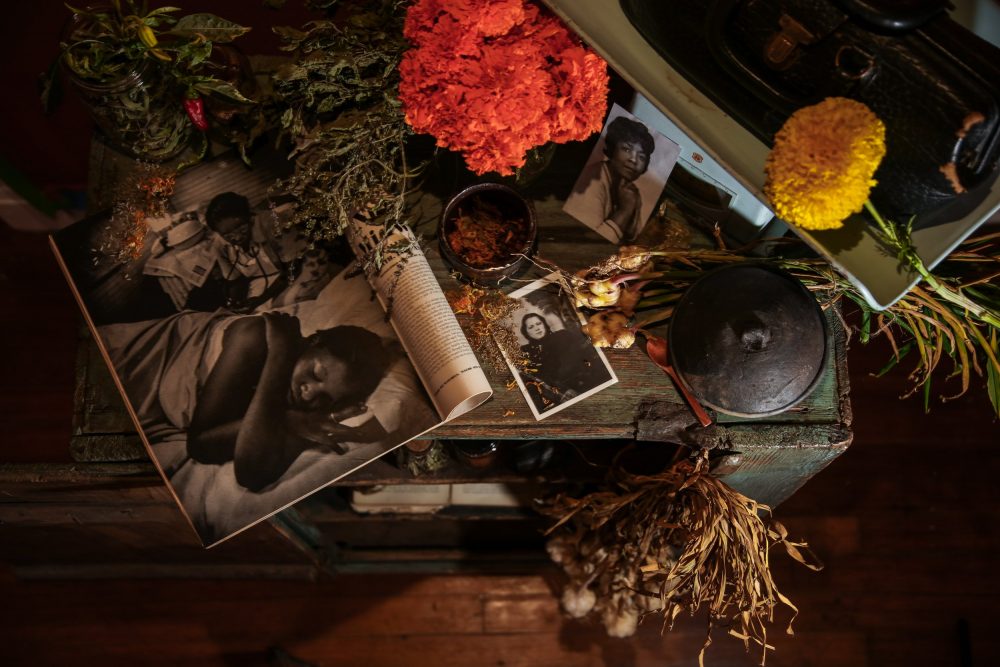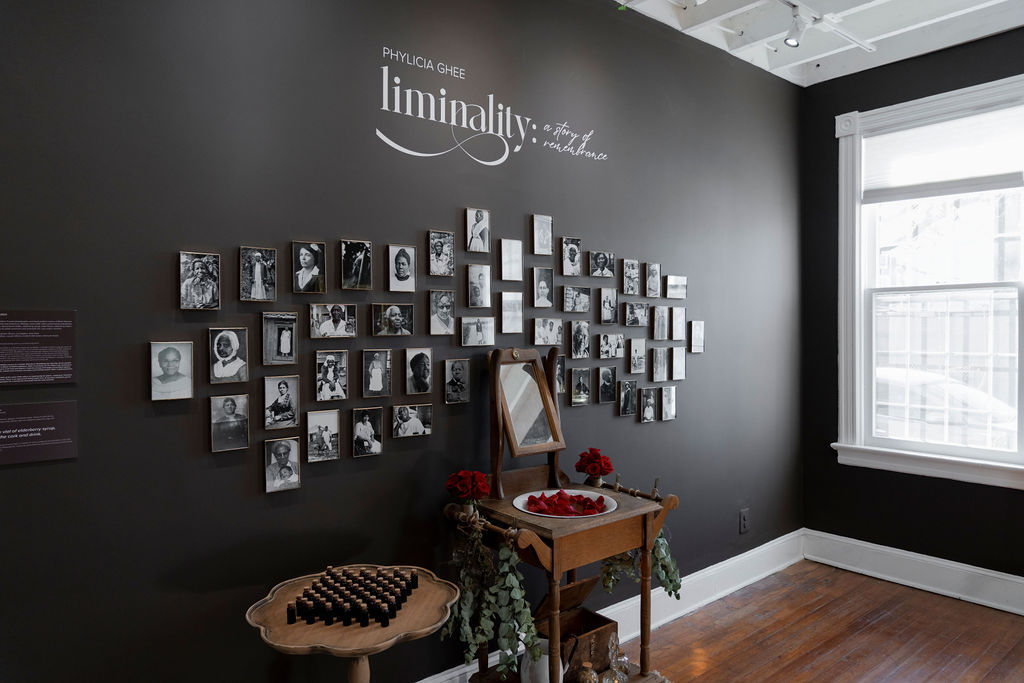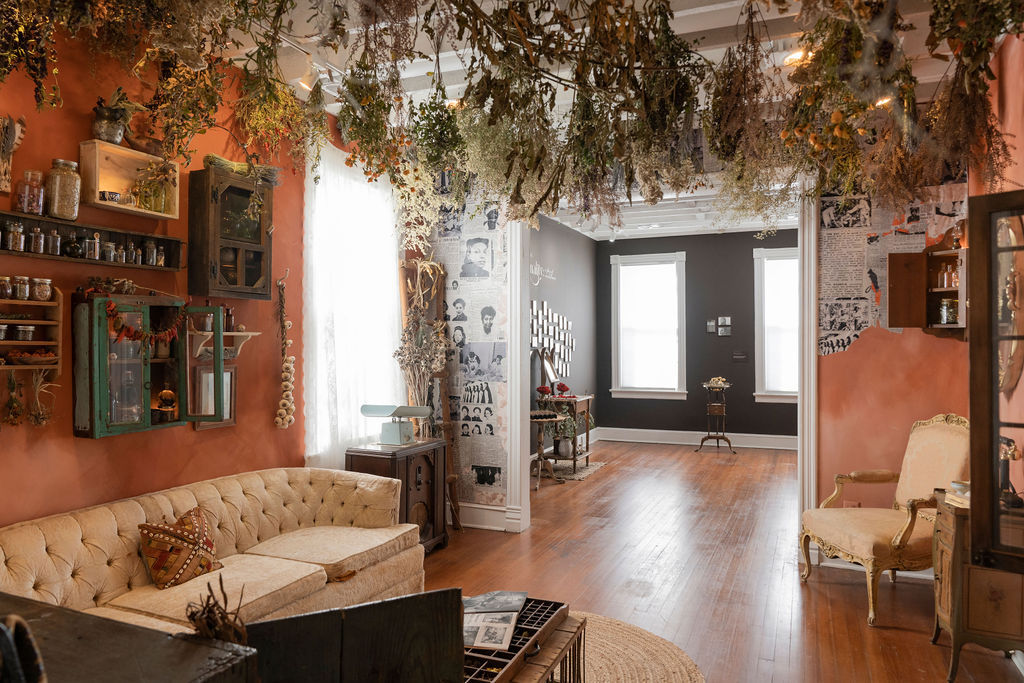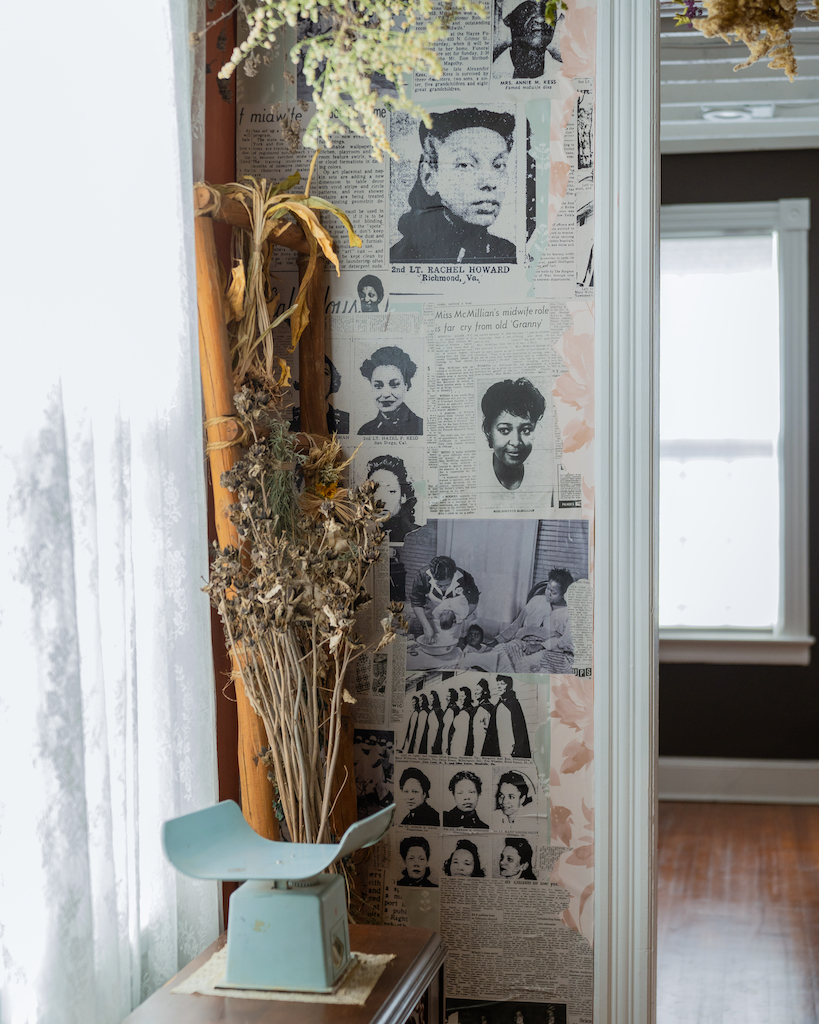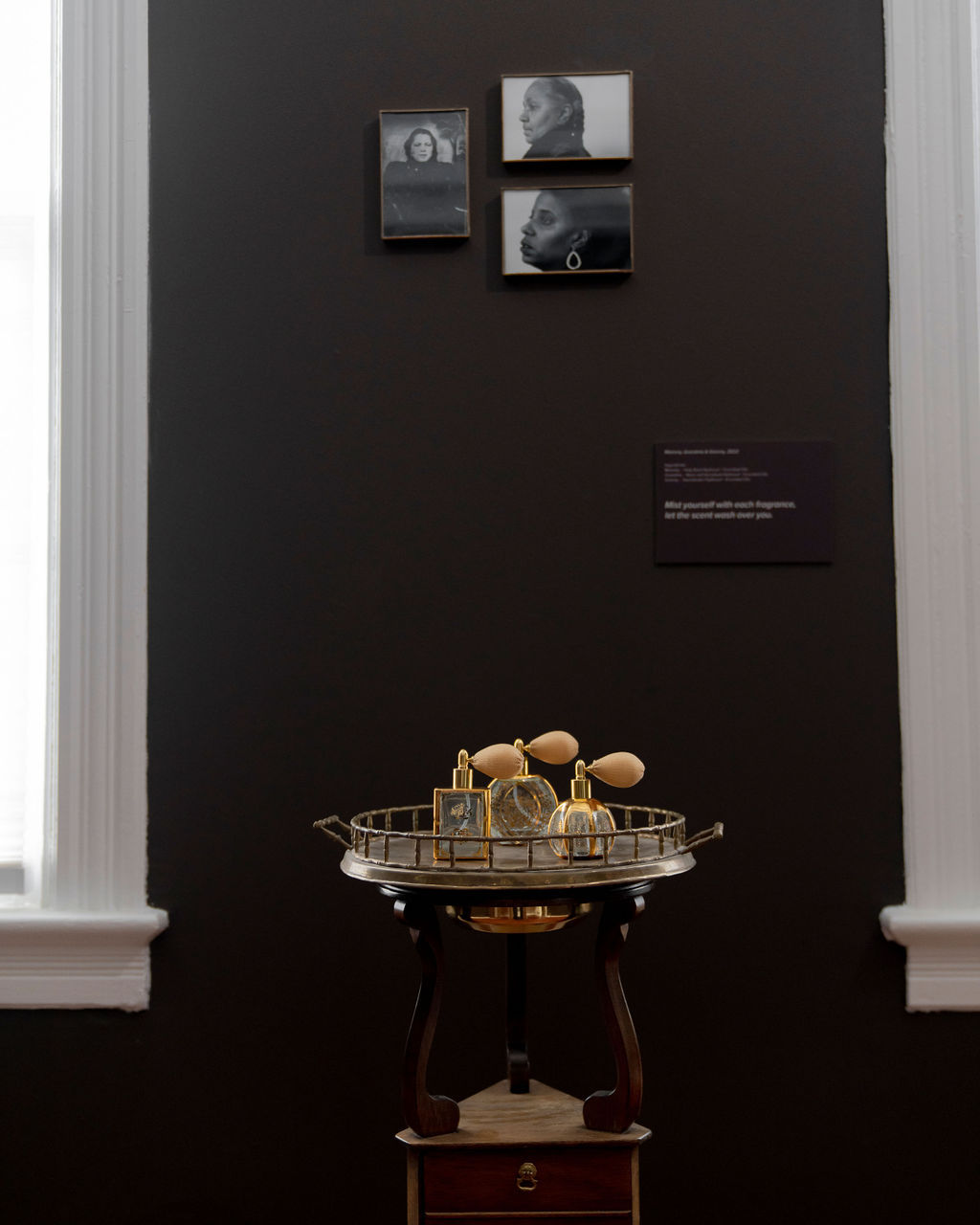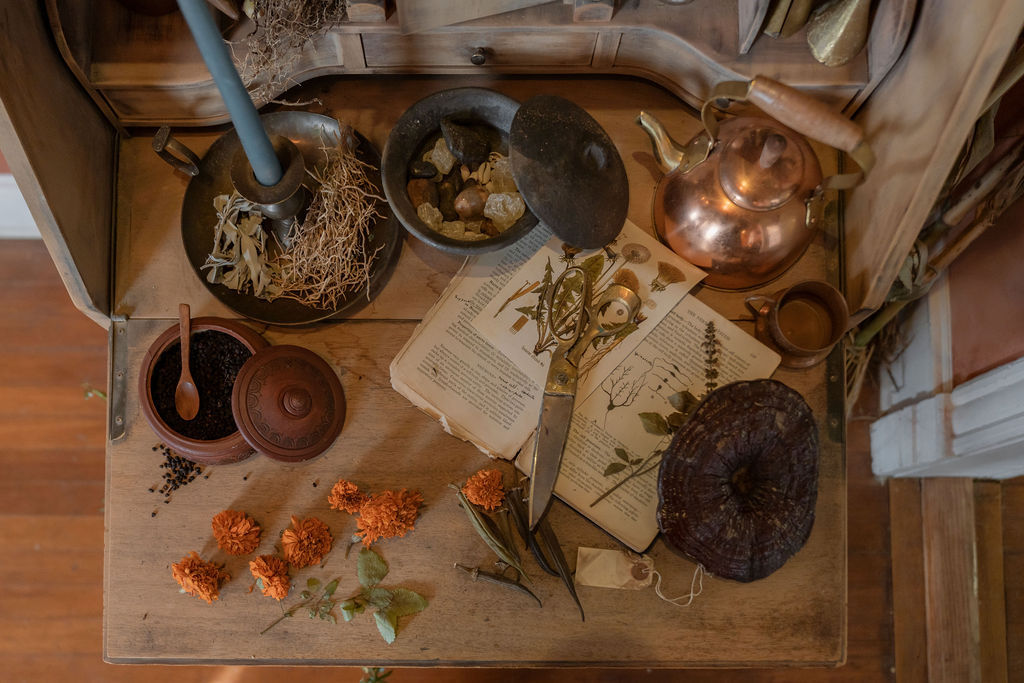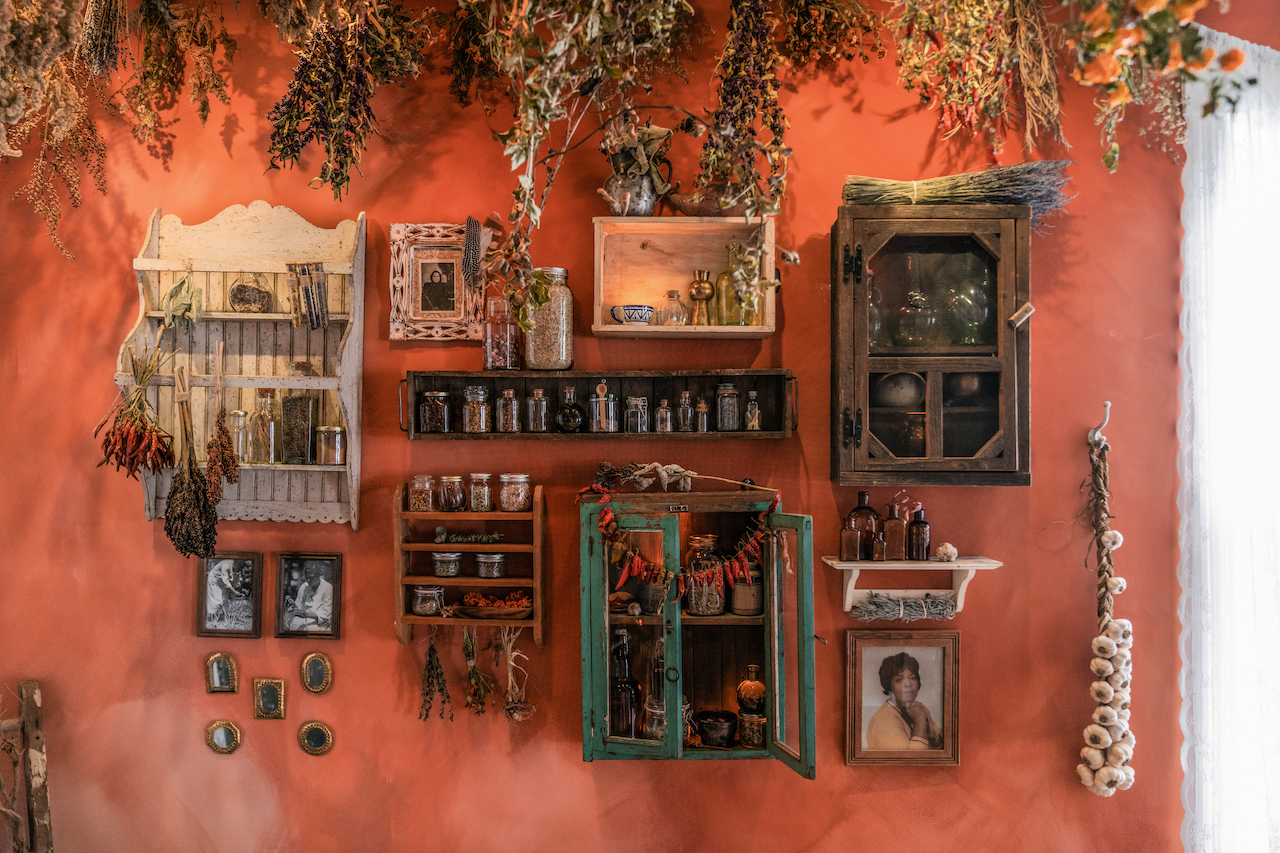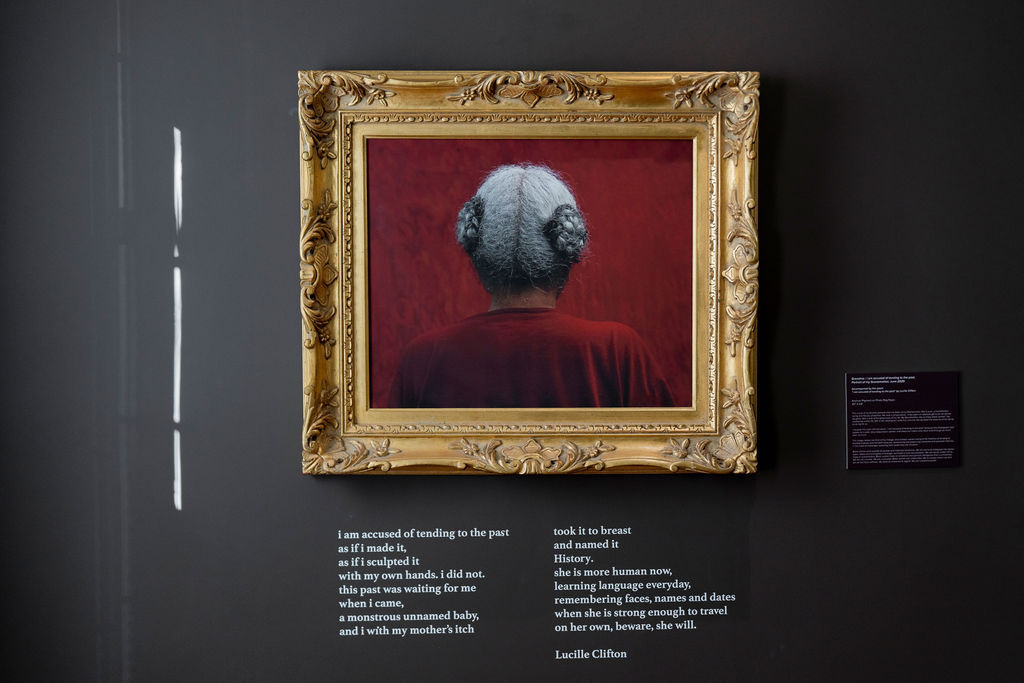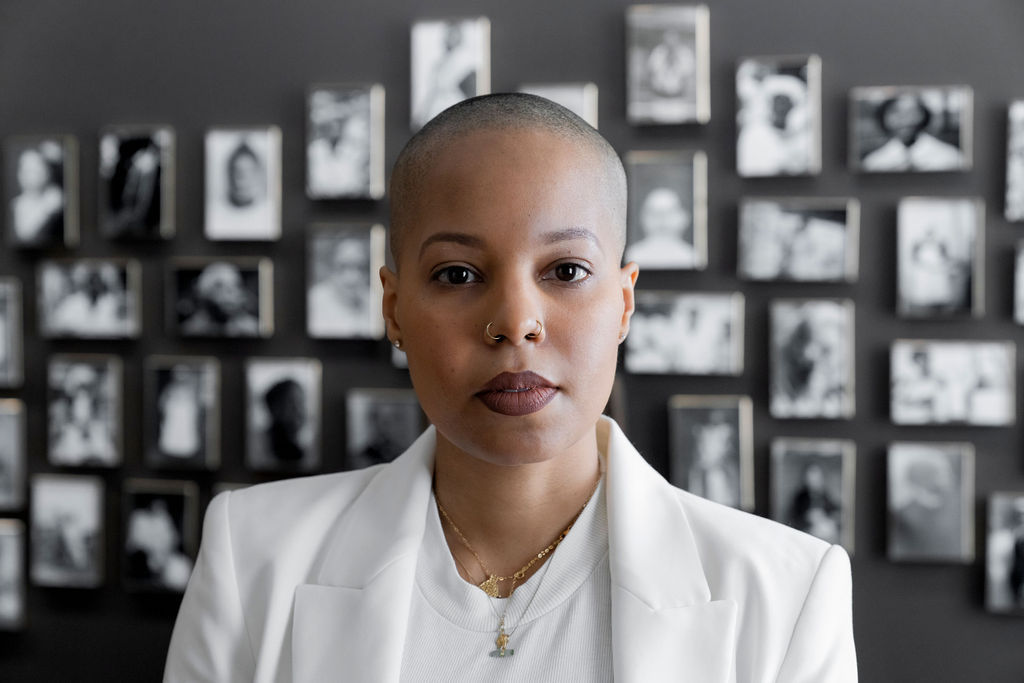Phylicia Ghee’s Liminality: A Story of Remembrance
is up through January 28, 2023
The Nicholson Project
2310 Nicholson St SE
Washington, DC20020
Gallery Hours: Saturdays, 11-4
The Nicholson Project is a paid artist residency program and neighborhood garden in Ward 7’s Fairlawn neighborhood. Our mission is to support, provide opportunities, engage, and amplify artists and creatives from our community and the local artist community—particularly artists of color and those from Ward 7 and 8—while engaging our neighbors through community-based programming. Our vision is to serve as a cultural hub and community anchor celebrating Ward 7’s authentic identity, while infusing new vibrancy into Southeast DC. We hope to inspire others to use similar non-traditional arts and community-centered projects as a pathway toward stronger, more vibrant communities.
Phylicia was an artist-in-residence at The Nicholson Project from August 24 – November 14, 2022.
More about the artist: Phylicia Ghee is an interdisciplinary artist working in photography, performance, video, textiles, mixed media, installation, and painting. Her artwork documents transition, and explores healing, ritual, ceremony, and personal rites of passage. Taught by her Grandfather at an early age, Ghee is interested in the intersection between the physical and the spiritual.
She has exhibited widely including exhibitions at the Baltimore Museum of Art, The Margulies Collection at the Warehouse (Miami), Studio Arts College International (Florence, Italy), and The Reginald F. Lewis Museum of Maryland African American History & Culture, amongst others. Most recently, Ghee exhibited and performed at Art on the Vine (Martha’s Vineyard), at Young Collectors Contemporary (Memphis, TN), The Walters Art Museum, and The African American Museum (Philadelphia, PA). She was a 2019 and 2020 Finalist for the Janet & Walter Sondheim Artscape Prize, and in 2020, she was named a Baker Artist Award Finalist, and a Pratt>FORWARD Fellow. Ghee received recognition from Maryland’s First Lady Yumi Hogan and the Maryland Behavioral Health Administration for her art and activism in raising awareness on issues surrounding mental health, behavioral health, and substance use disorder.
